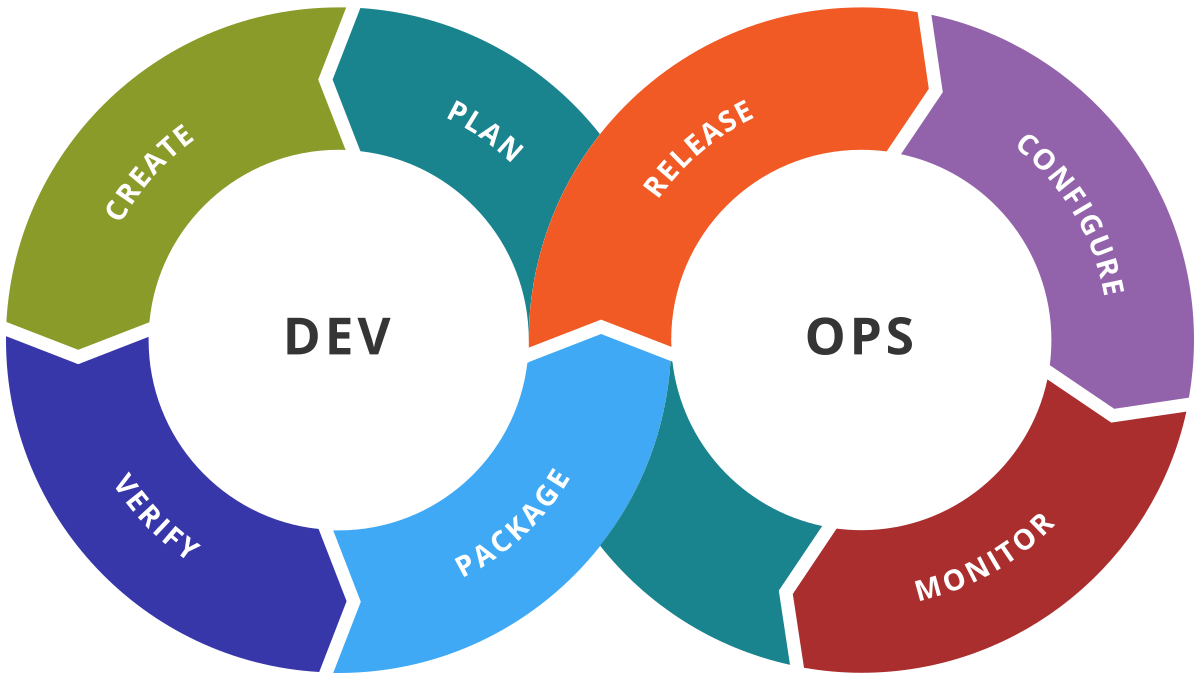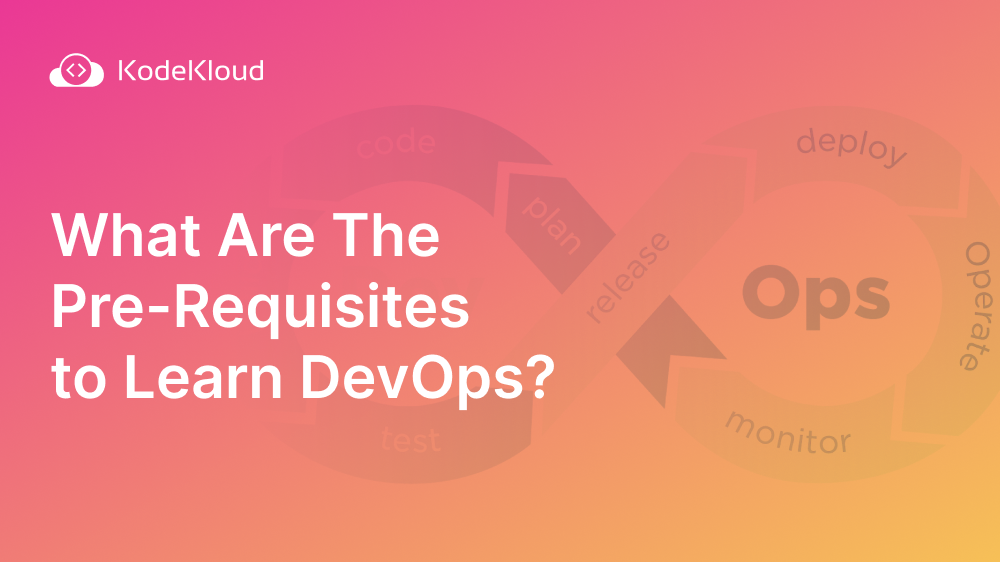DevOps is ruling the world. Let me explain why – every company is regarded as a software company today, and every software company in today’s world is looking for automation. Automation helps companies achieve speed, quality, and efficiency throughout the software development cycle is critical. This is where DevOps comes in!
In this article, we’ll look at what DevOps is, its role, and the basic prerequisites to learning it.
What is Development?
Development in the software industry is referred to as a process by which software is created using a specific programming language and procedures. It involves writing programming code, which provides the required features and functionality to the software. It may also be called application development or software design.
What is Operations?
Operations in the software industry include administrative processes and support for both hardware and software for clients as well as internal to the company. Infrastructure management, quality assurance, and monitoring are the basic roles for operations.
What is DevOps?
In simple terms, DevOps is a methodology that came into existence from agile and lean practices, and the aim is to bridge the gap between the Dev and Ops teams so they can collaborate and work as one to mitigate the possible confusion that usually happens between these teams. The confusion creates chaos, and chaos impacts the morale and performance of the overall organization.
DevOps is a mixture of culture, process, and tools. All three are interdependent. DevOps is not just practicing automation to bridge the gap between Dev and Ops. It is more about adding value to the organization. There is more pressure on companies now to move faster and be more agile without compromising on security, quality, and reliability.

DevOps benefits
Below is a list of benefits that come with DevOps:
- Improves deployment frequency
- Helps with faster time-to-market
- Lowers the failure rate of new releases
- Increases code quality
- More collaboration between the teams and departments
- Shorter lead times between fixes
- Improves the mean time to recovery
DevOps culture
DevOps culture promotes collaboration and communication among software development teams and IT operations teams. It aims to enable organizations to deliver software products and services faster, more reliably, and with higher quality by breaking down the silos between these two entities.
Emphasizing the importance of automation, continuous integration, continuous delivery, and continuous deployment, DevOps culture encourages a blameless culture that focuses on learning from failures and continuously improving processes. Essentially, the DevOps culture seeks to align the goals and objectives of the development and operations teams to deliver better software products and services to customers.
There are no hard and fast rules that you have to know certain things before starting your DevOps course. But, having some prior knowledge of the following items is good.
Basic Prerequisites to Learning DevOps
To excel in DevOps, you need to be familiar with the following:
- Basic understanding of Linux/Unix system concepts and administration
- Familiarity with the command-line interface (CLI)
- Knowing how the build and deployment process works
- Familiarity with text editor
- Linux networking basics
- Good to know basic scripting
- Basics of applications – Java, NodeJS, Python
- Web servers – Apache HTTPD, G-Unicorn, PM2
- Databases – MySQL, MongoDB
Learn more about the skills you need as a DevOps engineer: Top 7 Skills Required for DevOps Engineers in 2023 (with Roadmap)
Understanding DevOps process
While talking about DevOps, three things are important; continuous integration, continuous deployment, and continuous delivery (CI/CD).
Continuous Integration (CI)
Continuous Integration is a software development approach that involves integrating the developers' code multiple times throughout the day. Whenever a developer submits their code, an automated pipeline (server) verifies the changes and provides early feedback, alerting the developer if any errors are detected. This ensures that any issues are identified and resolved quickly, thereby saving time and effort in the long run.
Continuous Delivery (CD)
Continuous Delivery is a software development approach that enables the code to be deployed to production at any given moment. Its purpose is to ensure that the software can be released to production with minimum manual intervention, quickly and dependably. The process necessitates automating the entire software release process, comprising of testing, building, and deployment. This approach is advantageous because it minimizes the duration between code changes and the implementation of new features or bug fixes for end-users.
Continuous Deployment
Continuous Deployment is a software development approach that entails releasing every change that passes all stages of the production pipeline to customers. In this process, every code change undergoes an automated pipeline that involves building, testing, and deployment. If it passes all tests and checks, it is automatically released to production, with no need for manual intervention in the release process.
Learn more about CI/CD from this blog: How CI/CD Pipeline Works
This highly automated process reduces the time to market for new features and bug fixes and ensures that customers always have access to the latest version of the software.
DevOps Tools
DevOps tools enable DevOps in organizations. There are different tools you would like to know, but you will see some basic tools that are as common as DevOps tools in the software development field.
- Plan: JIRA
- Build: Maven, Gradle, Docker, GitHub, GitLab
- Continuous integration: Jenkins, CircleCI, Travis CI
- Release: Jenkins, Bamboo
- Deploy: Ansible, Kubernetes, Heroku, Amazon Web Services, Google Cloud Platform
- Operate: Botmetric, Docker, Ansible, Puppet, Chef
- Monitor: Nagios, Splunk
- Continuous Feedback: Slack
Are new to the Cloud and DevOps world? Check out our DevOps Pre-Requisite Course. This course will help you get your basics right, making the rest of the journey smooth.
.png)
Conclusion
DevOps has taken center stage in the software development field, and it is evolving every day. This blog post is too small, and we can write about DevOps so much because there are so many innovations happening in this field. Companies are experimenting with various ways to accelerate their DevOps process to win over the competition.
Want to know where to start in your DevOps Journey? Check out this video.
More on DevOps:




















Discussion